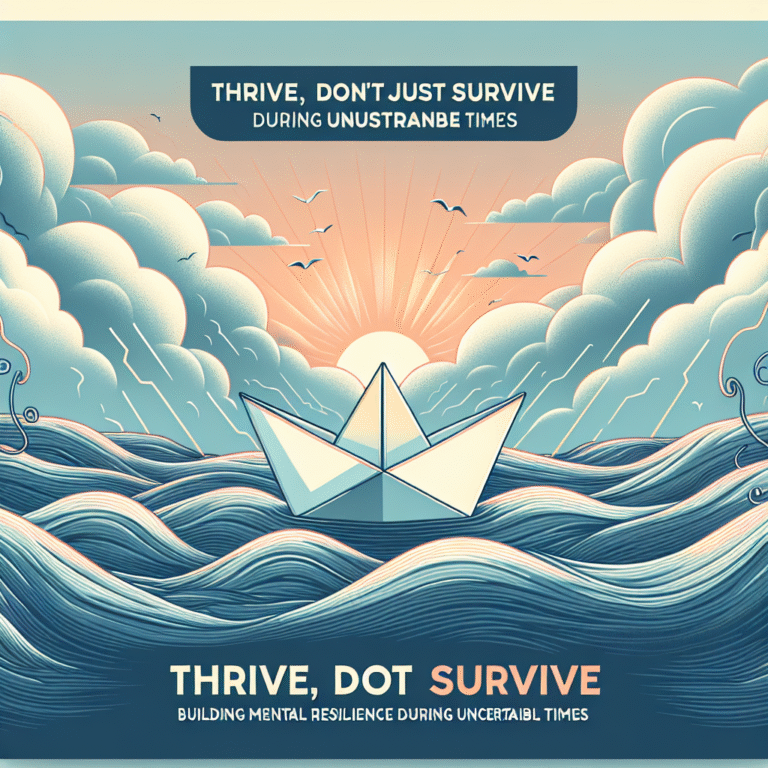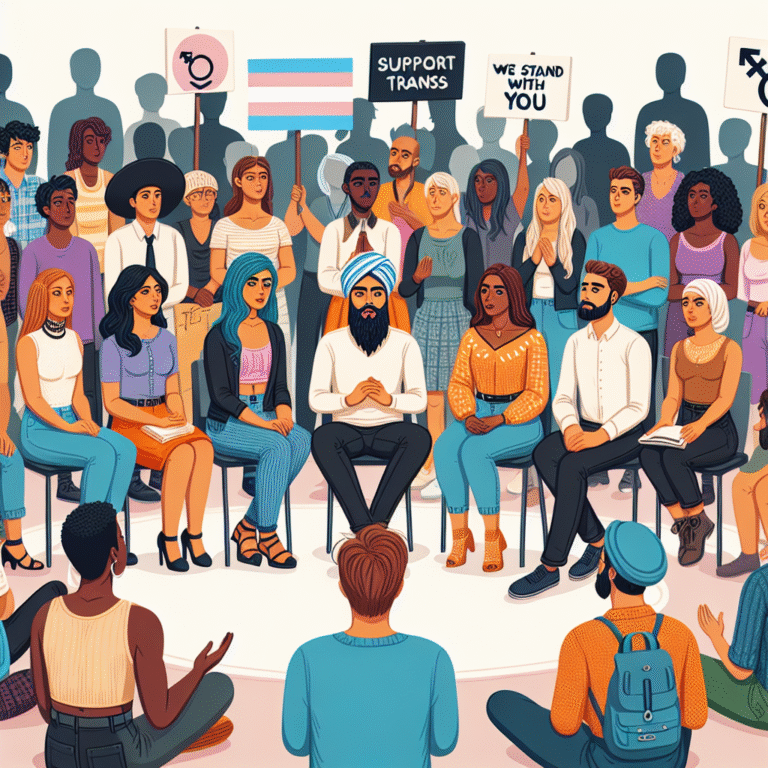
From Ads to Action: Leveraging Behavioral Psychology in Marketing Strategies for Ultimate Success
Introduction
In an increasingly crowded marketplace, the challenge for marketers is no longer just about crafting eye-catching advertisements; it’s about converting attention into action. How do you move consumers from passive viewing to decisive purchasing? The answer lies in a powerful ally: behavioral psychology. Understanding the psychology behind consumer behavior can help marketers create strategies that not only attract attention but also lead to conversion. In this article, we’ll dive deep into From Ads to Action: Leveraging Behavioral Psychology in Marketing Strategies, exploring how these principles can enhance marketing effectiveness and drive sales.
The Power of Behavioral Psychology in Marketing
Understanding Consumer Behavior
Behavioral psychology studies how humans make decisions based on emotions, biases, and social influences. A comprehensive grasp of these psychological principles can significantly enhance marketing strategies. For example, utilizing concepts such as loss aversion (the fear of losing something) or social proof (the influence of others’ actions) can lead to campaigns that resonate more deeply with consumers.
Let’s explore a few key principles of behavioral psychology that can be leveraged in marketing strategies:
1. The Principle of Scarcity
Products that are perceived as scarce are often found to be more desirable. The notion of scarcity triggers a fear of missing out (FOMO), which can propel consumers into making quick purchasing decisions.
Case Study: The Launch of the McDonald’s McRib
The McRib is a limited-time offer that creates a sense of urgency. Each year, the hype builds, and fans rush to secure this elusive sandwich, resulting in increased sales during the promotional period. This case illustrates how From Ads to Action: Leveraging Behavioral Psychology in Marketing Strategies can lead to extraordinary results by playing on consumers’ emotions and fears.
2. Anchoring Effect
The anchoring effect refers to the cognitive bias where individuals rely heavily on the first piece of information encountered when making decisions. Marketers can use this to their advantage by presenting a high reference price before showing a discount or sale price.
Case Study: Retail Pricing Strategies
Consider a store that displays a jacket with an original price of $200, marked down to $100. The initial price serves as an anchor, making the discounted price appear especially enticing. This strategy effectively demonstrates how From Ads to Action: Leveraging Behavioral Psychology in Marketing Strategies can create perceived value.
3. Social Proof
Humans are inherently social beings, often looking to others to determine their own behavior. This can be harnessed through testimonials, user-generated content, and influencer partnerships, showing potential customers that others trust and value a brand.
Case Study: Dove’s Real Beauty Campaign
Dove’s campaign featured real women of various shapes, sizes, and backgrounds, along with relatable testimonials. This campaign not only drove brand awareness but also built an authentic connection with consumers, showcasing how From Ads to Action: Leveraging Behavioral Psychology in Marketing Strategies can foster genuine relationships with audiences.
Creating Value through Empathy
Utilizing Emotional Appeal
Connecting with consumers on an emotional level can be a game changer. Emotion-eliciting ads that tell a story often see better engagement and conversion rates.
Example: Always’ #LikeAGirl Campaign
This campaign challenged stereotypes about women and successfully connected with a broader audience. The emotional resonance generated significant buzz and ultimately increased sales. Thus, employing this psychological strategy in advertisements can effectively transition from ads to meaningful actions.
| Psychological Principle | Brand Example | Outcome |
|---|---|---|
| Scarcity | McDonald’s McRib | Increased sales during promo |
| Anchoring Effect | Retail Pricing | Higher perceived value of discounts |
| Social Proof | Dove’s Real Beauty | Enhanced consumer trust |
| Emotional Appeal | Always’ #LikeAGirl | Strengthened brand connection |
Crafting Your Marketing Message
The Role of Incentives
Incentives can create immediate desire and action. By understanding the motivations behind consumer behavior, marketers can tailor their offers to align with specific desires—whether it be discounts, limited-time offers, or exclusive content.
Experimentation and Personalization
Marketers can leverage A/B testing to experiment with different messages, images, and content forms to determine what resonates best with their audience. Furthermore, personalizing these messages based on consumer behavior can lead to even higher conversion rates.
Case Study: Amazon’s Personalized Recommendations
Amazon has mastered the art of personalization, offering product recommendations based on users’ past behaviors. This approach not only enhances user experience but also significantly boosts click-through rates and purchases, exemplifying From Ads to Action: Leveraging Behavioral Psychology in Marketing Strategies to drive revenue.
Building Trust and Credibility
Transparency and Authenticity
In today’s market, consumers are more discerning than ever. Therefore, embracing transparency and authenticity in communication can build trust, encouraging potential customers to take action.
Example: Patagonia’s Brand Ethos
Patagonia’s commitment to sustainability and ethical practices sets it apart from competitors. Its transparent supply chain and dedication to environmental causes not only foster customer loyalty but also inspire action and advocacy among consumers.
The Digital Landscape and Behavioral Psychology
Navigating Digital Marketing Challenges
The digital landscape poses unique challenges and opportunities for marketers. Online consumers are bombarded with information, and capturing their attention requires a strategic mix of creativity and psychology.
Leveraging Data for Insights
Understanding online user behavior through analytics enables marketers to fine-tune their approaches. Identifying what drives clicks, shares, and sales helps visualize how From Ads to Action: Leveraging Behavioral Psychology in Marketing Strategies translates into tangible results.
Case Study: Starbucks’ Mobile App
Starbucks employs data to leverage customer preferences, offering personalized marketing through its app. By using behavioral data, the company generates targeted promotions that speak directly to individual customer’s preferences, driving app usage and in-store purchases.
| Digital Marketing Strategy | Application | Result |
|---|---|---|
| A/B Testing | Email Campaigns | Higher open and click rates |
| Data Analytics | Starbucks Mobile App | Increased customer engagement |
| Personalized Promotions | Targeting segmented audiences | Boosted conversion rates |
Crafting Compelling Calls to Action
A strategically crafted call to action (CTA) can be the difference between engagement and abandonment. CTAs should not only be clear but should also evoke a sense of urgency, leveraging principles like scarcity and loss aversion.
Example: “Limited Time Offer” Strategy
By presenting a time-sensitive offer (like 20% off for the next hour), marketers can effectively activate FOMO, encouraging quicker decision-making among consumers.
Conclusion
As we have explored in detail, the interplay between behavioral psychology and marketing strategies is profound. By integrating principles from behavioral psychology into marketing efforts, brands can convert passive audiences into active consumers. The insights gained from leveraging these strategies—from understanding the importance of scarcity to crafting effective CTAs—can set marketers apart in an intricate landscape.
In our journey from ads to action, the key takeaway is that understanding the psychological mechanisms at play can transform your marketing strategies from simple advertisements to persuasive narratives that inspire consumer behavior. Start applying these insights today, and watch as your marketing strategies yield impactful results.
FAQs
1. How can I start applying behavioral psychology principles in my marketing?
Begin by researching key behavioral psychology concepts such as scarcity, social proof, and loss aversion. Then, experiment with these elements in your marketing campaigns to see how they impact consumer behavior.
2. What is loss aversion, and how can it benefit my marketing strategy?
Loss aversion is the tendency for people to prefer avoiding losses than acquiring equivalent gains. In marketing, you can frame messages around what consumers might miss out on to encourage quicker action.
3. How important is personalization in digital marketing?
Personalization is vital in digital marketing as it enhances customer experience, builds trust, and increases engagement rates. Tailoring your messages to individual consumer preferences can lead to higher conversion rates.
4. Can behavioral psychology assist in improving customer loyalty?
Yes, understanding and applying behavioral psychology can help brands develop more meaningful relationships with customers, fostering loyalty and repeat purchases through trust-building and emotional engagement.
5. Should my marketing strategies focus more on emotional appeal or rational appeal?
Both emotional and rational appeals have their place in marketing. Combining emotional resonance with factual benefits creates a balanced approach that appeals to both the heart and the mind of consumers, effectively guiding them from ads to action.
By immersing yourself in the study of behavioral psychology and continuously refining your strategies, you can ensure that your marketing efforts not only resonate but also lead to substantial actions—transforming passive interactions into loyal customer relationships.

















